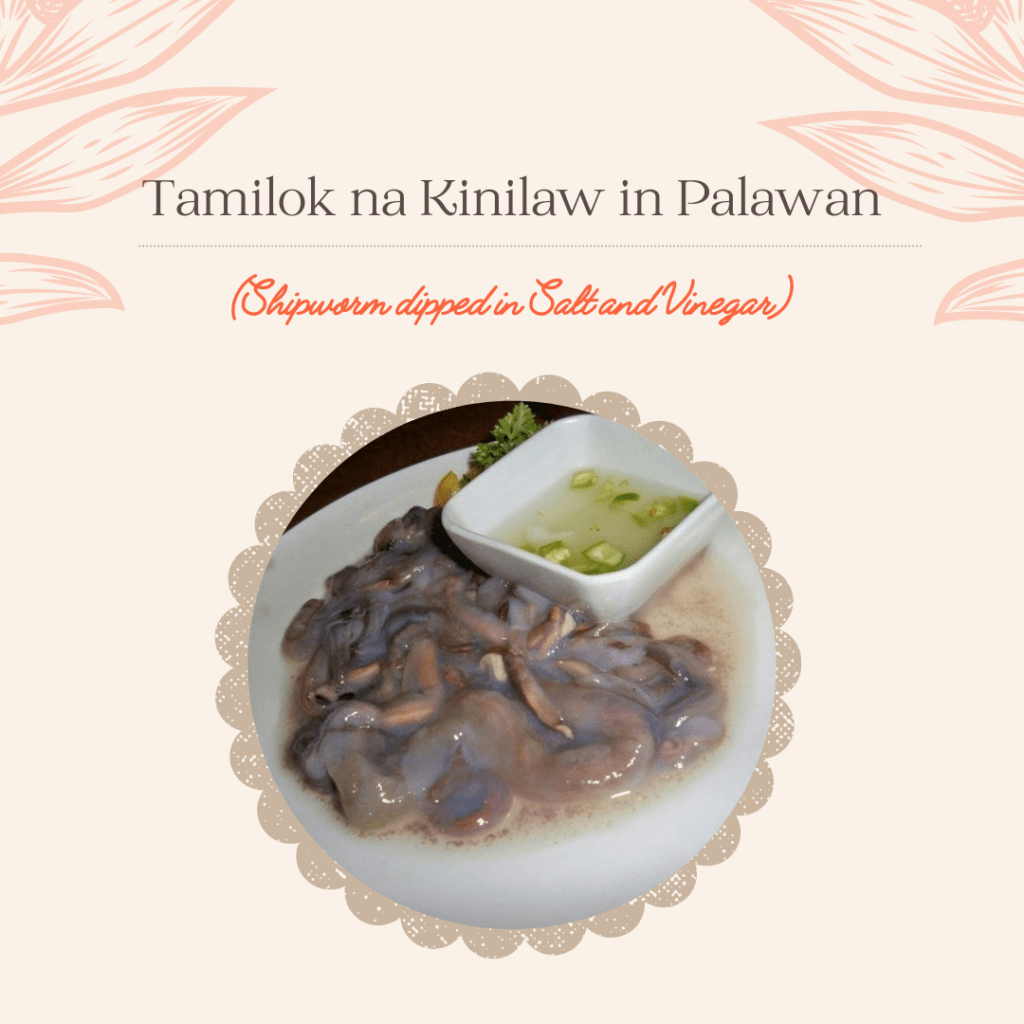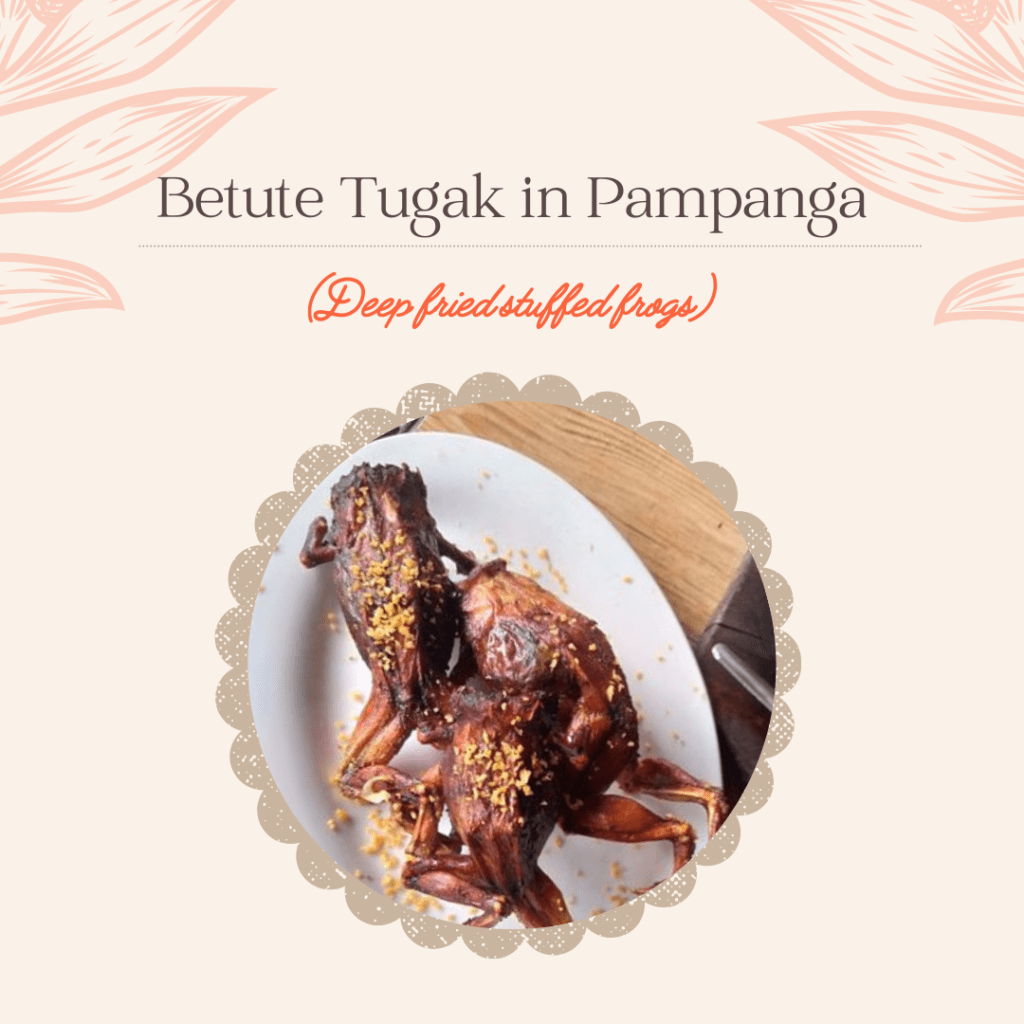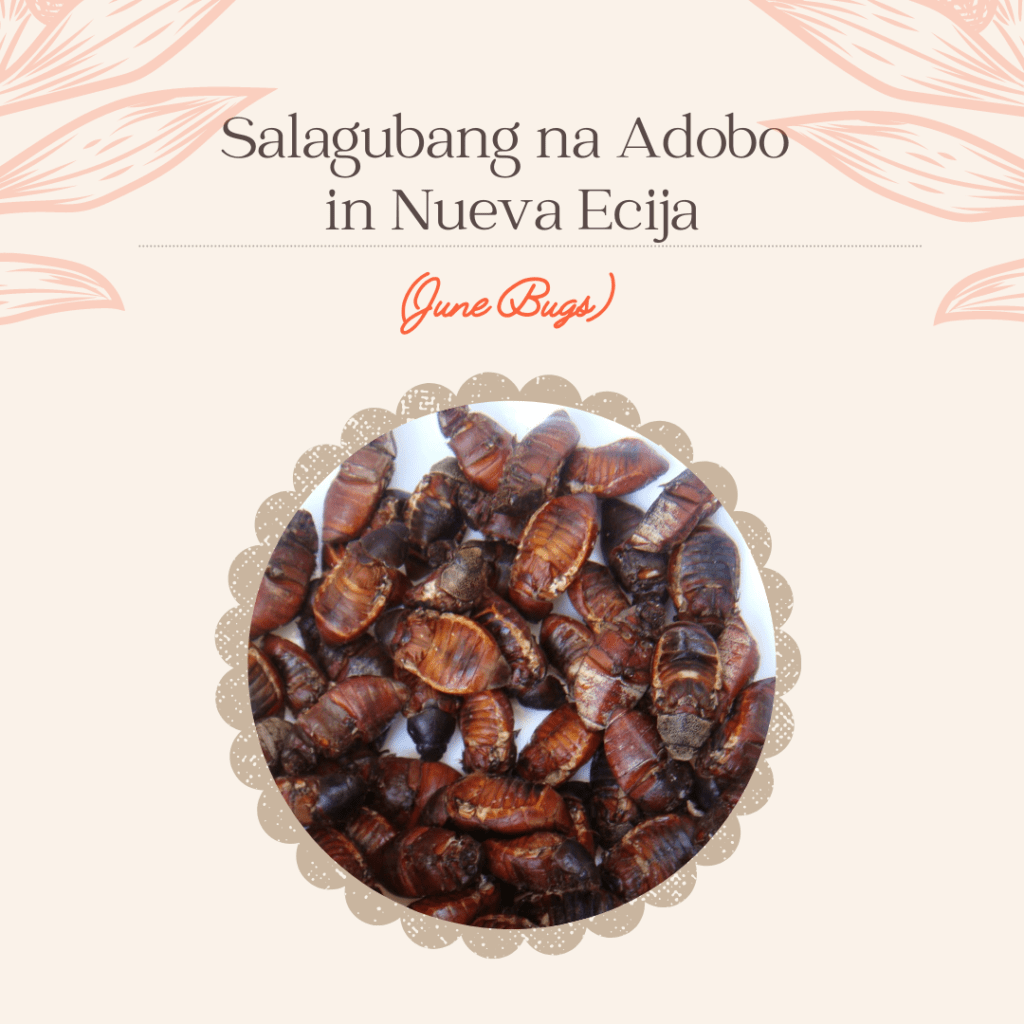Exotic Foods that Filipino Must Try

Have you ever imagined yourself eating bugs, frogs, crickets, and worms? If you are a faint-hearted person, I guess you have not tried it yet. However, for folks seeking thrill and curiosity, exotic food can be a food worthy of trying.
Each country all around the world has exotic food to offer. For some, these foods may look bizarre. However, these foods have become part of their culture and their country’s identity. In Thailand, they have Mok Huak (developing tadpoles). Vietnam has Trứng vịt lộn or Balut.
Consequently, did you know that our country has similar peculiar dishes? So, if you are planning to try exotic foods, then these lists are made for you.
Exotic Food #1. Uok na Adobo in Rizal (Beetle Larvae)
Maybe this one might look familiar to you. Pictures of this dish have been circulating online for a long time. And, if you have been watching the program Bizarre Foods with Andrew Zimmerman, you have probably seen this before.

Uok na Adobo is basically a food made of beetle larvae. This one is usually found in dead logs of coconuts. Afterward, the natives would gather and consume raw or cooked in an adobo style. Moreover, one of the unique features of this dish is its distinctive texture and flavor. That is one of the sole reasons why locals and visitors from all places love it.
Exotic Food #2. Tamilok na Kinilaw in Palawan and Aklan (Shipworm dipped in Salt and Vinegar)
Tamilok is a bivalve mollusk that is commonly found in mangroves. Inside the tamilok, they resemble worms but taste like regular oysters. Employing this, Tamilok is usually prepared like how oysters were ready. Therefore, locals commonly prepare Tamilok in the method called Kinilaw.

In Kinilaw, locals essentially soak tamilok in either vinegar or calamansi juice and pieces of minced ginger and garlic. Afterward, it is ready to eat as it is.
Exotic Food #3. Kamaru na Adobo in Pampanga (Mole Cricket)
Locals from Pampanga declared Kamaru as pests. These pests are usually found in rice fields destroying agricultural products. In line with this, farmers think of a way to mitigate this problem. Consequently, they learn a way to cook them.

Kamaru in Pampanga is usually cooked in adobo style. Usually, people sauté Kamaru with garlic, vinegar, and soy sauce. Additionally, locals have been eating this dish alongside liquor.
Exotic Food #4. Betute Tugak in Pampanga (Deep fried stuffed frogs)
Have you tried eating a frog? Cooking a frog has been common in the Philippines for a long time. Filipino usually cook through deep-frying. Some claimed that frogs taste like chicken. If you tried Betute Tugar in Pampanga, you’d probably agree with these assertions.

In Pampanga, betute tugak is extremely common, especially during the rainy season. These frogs are abundantly seen around farms when it’s raining. With this, people began to catch them. Afterward, they clean the frogs, remove their skin and marinate it with salt and pepper. And then, they would sautéed ground pork on it.
Exotic Food #5. Salagubang na Adobo in Nueva Ecija (June Bugs)
Salagubang in Adobo cooking style is similar to Kamaru in Adobo. Both of these dishes offer juicy, tender inside and crispy texture outside.

Similar to Betute Tugak, salagubang is abundant during the rainy season. Therefore, people have begun selling this on the market. Locals and even tourists buy salagubang in the market to cook it in the adobo method.
The above-mentioned exotic foods are illustrations of different cultures around the world. Those foods could seem odd to someone who doesn’t understand their significance or where they came from. However, each food is a component of a distinct culture that has evolved over many generations.
Indeed, our country is a paradise that offers its people diverse kinds of beautiful things. From picture-perfect destinations to the most unique and extraordinary food, the Philippines got your back.
Joseph is a broadcasting student adept at developing compelling and creative stories with unfaltering dedication. With many years of experience as a Campus Journalist, he has gained invaluable writing experiences that made him a story-driven person. Aside from writing, he also has an interest in photography, graphic designing, and gaming. He believes that writing is a potent activity that one can do to inspire other people.






